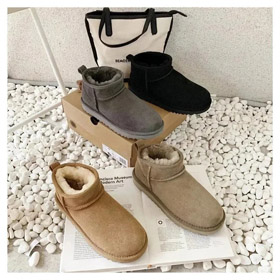When dealing with international purchases via platforms like Mulebuy, ensuring proper insurance coverage is crucial to minimize risks. A well-structured spreadsheet can help automate insurance calculations and integrate dynamic risk assessment tools to enhance decision-making.
1. Creating an Insurance Cost Calculation Module
Design a dedicated section in your Mulebuy procurement spreadsheet to compute insurance costs:
- Formula-Based Coverage Recommendations:
- Transaction Cost Allocation:
2. High-Value Item Protection Logic (e.g., Rolex Purchases)
For luxury goods like watches, implement automated safeguards:
Premium Threshold =(ItemValue×0.025) + (RouteRiskScore×50)
Deductible =IF(ItemValue>5000,MAX(50,ItemValue×0.01),20)
Deductible =IF(ItemValue>5000,MAX(50,ItemValue×0.01),20)
This approach ensures proper escalation of coverage for r/MulebuyReddit-discussed fraud trends.
3. Integration with Dynamic Risk Parameters
- Scrape monthly insurance claim reports from Mulebuy community forums (keyword monitoring: "lost package", "customs seizure")
- Update spreadsheet risk coefficients whenever new fraud patterns emerge
- Flag high-probability scenarios (late-year shipments, certain postal routes)
4. Claims Management Workflow Automation
| Trigger | Action |
|---|---|
| 48h tracking freeze | Auto-email insurer pre-filled claim form |
| BrokerCheck score < 3.5 | Require video unboxing verification |



















